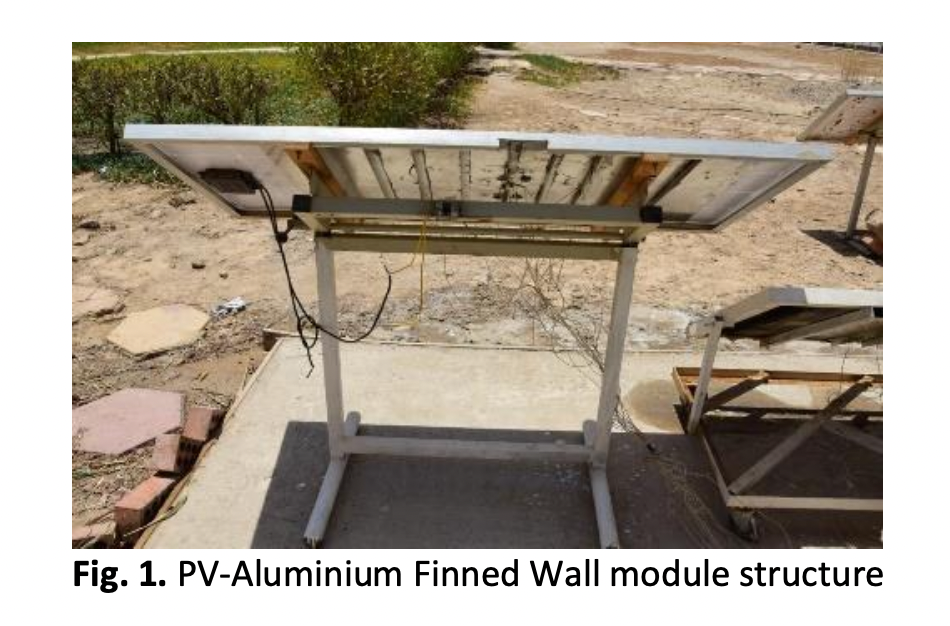Experimental Study to Improve Solar Photovoltaic Performance by Utilizing PCM and Finned Wall
DOI:
https://doi.org/10.37934/arfmts.102.1.153170Keywords:
Photovoltaic panel cooling, phase change material, passive cooling, electrical efficiency, heat transfer, finsAbstract
The temperature of a photovoltaic (PV) module has a significant impact on the module's ability to produce electricity. PV cells module’s passive cooling is critical for increasing electrical efficiency and power output. In this work, two scenarios of the passive cooling technique were presented for use in the cooling of the monocrystalline silicon PV modules. An aluminium finned wall and a combination of aluminium finned wall with phase change material were connected to the backside of the PV in order to bring the working temperature down and maintain it under the hot climate conditions in southern Iraq. Paraffin wax was employed as a PCM placed into an aluminium container with internal and exterior longitudinal aluminium fins in order to enhance the PCM's poor thermal conductivity, speed up the rates at which it melts and solidifies, and increase the amount of heat that is dissipated through free convection heat transfer. The PV modules were simultaneously tested and compared with a PV reference module under different solar radiation. According to the findings, the average temperature of the PV-Aluminium Finned wall-PCM module is reduced by 19.9 degrees Celsius when compared with the temperature of the reference PV module. This results in an increase in the average maximum output power of up to 23.1% compared to an identical reference PV module. Furthermore, the average electrical efficiency of the PV-Aluminium Finned wall-PCM is enhanced by 23.2% during the testing time from 9:00 AM to 12:00 PM in July 2022 at maximum solar radiation of 1130.7 W/m2 when compared with the PV reference module under the same conditions. This indicates a significant increase in both electrical and thermal performance. The testing took place in July 2022.
Downloads

































